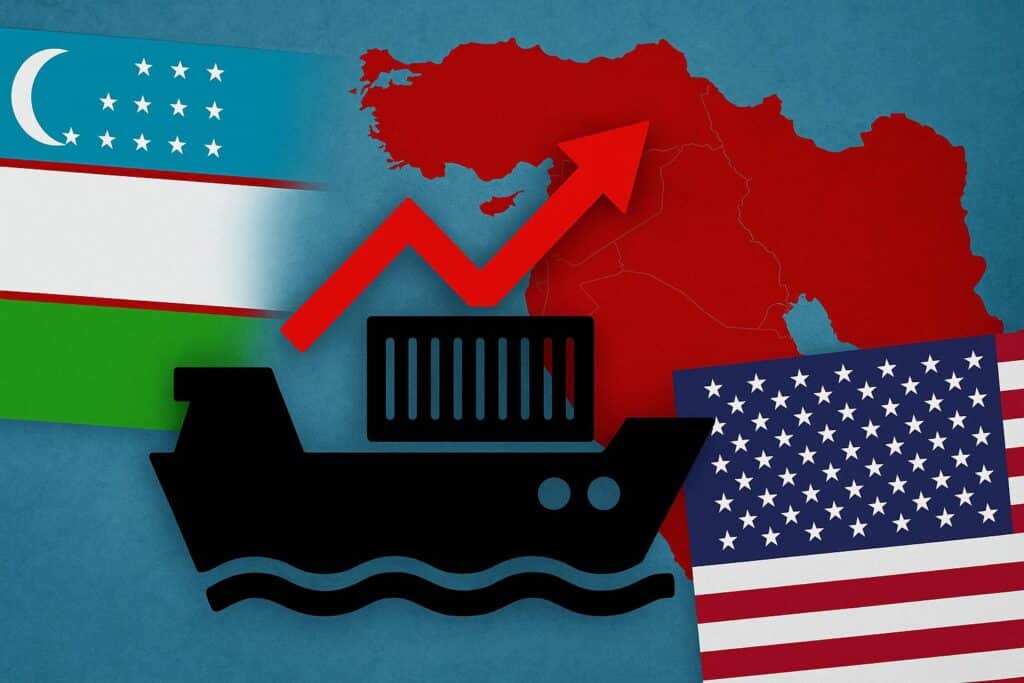ADB: Uzbekistan Faces Higher Risk from US Tariffs than Regional Peers

Uzbekistan is expected to maintain strong economic growth of 5.5% in 2025, driven by public and private investment, growing household consumption and structural reforms. However, according to the Asian Development Bank’s latest July 2025 Outlook Update, the country faces greater vulnerability to global trade tensions than other Central Asian states, particularly due to its rising exposure to US tariff increases.
The report notes that while the growth forecast for Uzbekistan remains unchanged from April, new US tariffs introduced earlier this year are likely to impact Uzbekistan more acutely than its neighbours, especially in sectors linked to global supply chains. This stems from Uzbekistan’s growing integration into international markets and its expanding light manufacturing and textile exports.
ADB analysts warn that a broadening of trade restrictions, especially on Chinese goods re-exported or processed through third countries, could affect export competitiveness and foreign direct investment inflows in Uzbekistan. In contrast, commodity-exporting economies like Kazakhstan and Turkmenistan are less directly exposed to such trade measures.
Regional Picture: Resilience Amid Global Uncertainty
Despite global headwinds, Central Asia as a whole is forecast to grow by 4.4% in 2025, slightly above previous estimates. Strong domestic demand, recovering agriculture, and stable remittance inflows, particularly in Uzbekistan, the Kyrgyz Republic and Tajikistan — are helping to offset softer commodity prices and geopolitical risk.
Inflation across the region is expected to ease gradually. In Uzbekistan, it is projected to fall to 8.5%, supported by tighter monetary policy and moderate food prices.
Kazakhstan, the region’s largest economy, is expected to grow 4.3% in 2025, with risks balanced between fluctuating oil prices and ongoing structural reforms. The Kyrgyz Republic and Tajikistan continue to benefit from robust construction and government-driven projects, while Turkmenistan remains highly dependent on natural gas exports to China.
Policy Recommendations
ADB emphasises that Uzbekistan’s reform agenda, particularly on investment liberalisation, green energy and state-owned enterprise transformation, remains critical to insulating the economy from external shocks. At the same time, greater diversification of export markets and supply chains is needed to reduce exposure to shifting global trade dynamics.
The report concludes that Uzbekistan’s medium-term prospects remain favourable, but its deeper ties with the global economy mean it must adapt more swiftly than some of its regional peers to avoid shocks from policies beyond its control.
Kursiv also reports that the Central Bank of Uzbekistan has reported that the country’s money supply reached 312 trln UZS ($24.4 bn) as of January–May 2025.

